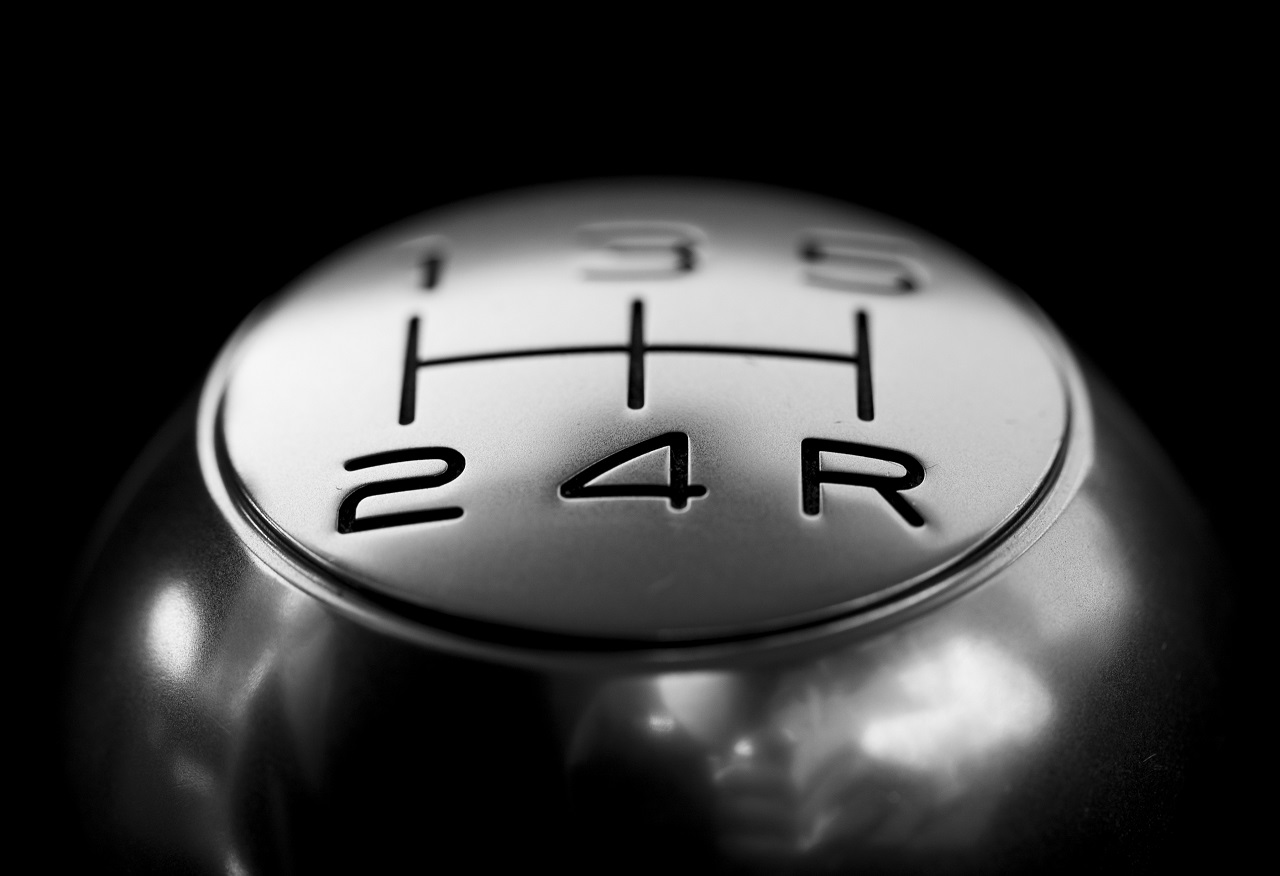How Automatic Transmission Works
Posted onHow Automatic Transmission Works
Ever consider how your transmission knows to change gears? Can any anyone explain why when you stop, the motor doesn’t pass on? We’re here to demonstrate to you how autos function. We as of late took a gander at manual transmissions. This week it’s customary ol’ slushbox time.
Automatic transmissions – they’re essentially dark enchantment. The sheer number of moving parts makes them exceptionally hard to appreciate. We should improve it a bit to get an essential comprehension of how everything functions in a conventional, torque converter-based framework.
Your motor interfaces with your transmission at a place called a chime lodging. The ringer lodging contains a torque converter for Automatic transmission-prepared vehicles rather than a grasp on manual vehicles. The torque converter is a liquid coupling whose activity it is to interface your motor to your transmission and subsequently to your determined wheels. The transmission contains planetary gearsets (Gearbox)which are responsible for giving distinctive apparatus proportions. To get a decent comprehension of how the entire Automatic transmission framework functions, we should observe torque converters and planetary gearsets.

Torque Converter
Most importantly, your motor’s flex plate (essentially a flywheel for a Automatic) associates straightforwardly to a torque converter. So when the crankshaft turns, so does the torque converter lodging. The objective of the torque converter is to give a methods by which to associate and separate the motor’s energy to the determined load. The torque converter replaces a grasp on a customary manual transmission. How does the torque converter (Gearbox)function? All things considered, observe the video above. It clarifies the fundamental standards behind a liquid coupling. Once you’ve watched that, keep perusing to perceive how a torque converter varies from a standard liquid coupling.
The significant parts of a torque converter are: the impeller, the turbine, the stator, and the bolt up grasp. The impeller is a piece of the torque converter lodging, which is associated with the motor. It drives the turbine by means of thick powers. The turbine is associated with the transmission input shaft. Basically, the motor turns the impeller which grants powers on a liquid, which at that point pivots the turbine, sending torque to the transmission.
The transmission liquid streams in a circle between the impeller to the turbine. The liquid coupling in the video above experiences extreme beating misfortunes (and subsequent warmth development) as the liquid coming back from the turbine has a segment of its speed that restricts the revolution of the impeller. That is, the liquid coming back from the turbine conflicts with the impeller’s pivot and along these lines against the motor.
The stator sits between the impeller and turbine. Its will likely limit beating misfortunes and to build torque yield by diverting the liquid as it comes back from the turbine to the impeller. The stator coordinates the liquid with the goal that the lion’s share of its speed is toward the impeller, helping the impeller move, and hence adding to the torque delivered by the engine. This capacity to duplicate torque is the reason we call them torque converters, not liquid couplings.
The stator sits on a restricted grasp. It can turn one way just when the turbine and impeller are moving at roughly a similar speed (like amid expressway driving). The stator either turns with the impeller or not in any manner. Stators don’t generally duplicate torque, however. They furnish you with more torque when you’re either at slow down (applying the brakes at a stop light, for instance) or while quickening, yet not amid interstate cruising.
Notwithstanding the restricted grasp in the stator, some torque converters contain a bolt up grip whose activity it is to bolt the turbine with the torque converter lodging so the turbine and impeller are mechanically associated. Killing the liquid coupling and supplanting it with a mechanical association guarantees that the majority of the motor’s torque is transmitted to the transmission input shaft.
Planetary Gears
In this way, now that we’ve made sense of how the motor sends energy to the transmission, it’s a great opportunity to make sense of how in tarnation it changes gears. On a customary transmission, changing apparatuses is the activity of a compound planetary rigging set. Seeing how planetary rigging sets function is somewhat precarious, so how about we observe a fundamental planetary apparatus set.
A planetary gearset (otherwise called an epicyclic apparatus set) comprises of a sun adapt in the inside, planet outfits that turn around the sun equip, a planet bearer that interfaces the planet gears, and a ring gear outwardly that cross sections with the planet gears. The fundamental thought behind a planetary apparatus set is this: utilizing grips and brakes, you can keep certain parts from moving. In doing as such, you can modify the info and yield of the framework and hence change the general apparatus proportion. Consider it along these lines: a planetary rigging set gives you a chance to change equip proportions without engaging distinctive apparatuses. They’re all effectively locked in. You should simply utilize grips and brakes to change which parts turn and which remain stationary.
The last rigging proportion relies upon which segment is settled. For instance, if the ring gear is settled, the apparatus proportion will be significantly shorter than if the sun outfit is settled. Knowing very well indeed the dangers related with ploppin’ a condition on here, I’m going to place one in any case. The accompanying condition will reveal to you your apparatus proportions relying upon which segment is settled and which are in movement. R, C, and S speak to the ring apparatus, transporter, and sun outfit. Omega basically speaks to the rakish speed of the apparatuses, and N is the tooth check.
The way it works is hence: suppose we chose to keep the planet bearer stationary and influence the sun to equip our info (in this manner the ring gear is our yield). The planets can pivot, however they can’t move since the bearer can’t move. Omega_c is zero, so the left half of the condition above is gone. This implies when we turn the sun outfit, it sends torque through the planet riggings to the ring gear. To make sense of what the rigging proportion would be, we just unravel the above condition for Omega_r/Omega_s. We wind up with – N_s/N_R, that is, the apparatus proportion when we settle the bearer and influence the ring to equip our yield and the sun adapt our info is just the proportion of the quantity of teeth between the sun rigging and ring gear. This is negative, since the ring turns the other way of the sun equip.
You can likewise bolt the ring rigging and influence the sun to equip your info and you can bolt the sun apparatus and make the bearer your information. Contingent upon what you bolt, you’ll get diverse rigging proportions, i.e. you’ll get distinctive “apparatuses.” To acquire a 1:1 rigging proportion, you essentially bolt the segments together (you just need to bolt two to do this) with the goal that the crankshaft turns at an indistinguishable speed from the transmission yield shaft.
So how do the brakes and grips move to change gears? All things considered, the torque converter is additionally responsible for driving the transmission liquid pump. The liquid weight is the thing that actuates grips and brakes in the planetary gearset. The pump is regularly a geroter sort pump (an apparatus pump) implying that a rotor turns in a pump lodging and as it turns, it “networks” with the lodging. This “lattice” makes chambers that adjustment in volume. At the point when the volume expands, a vacuum is made this is the pump gulf. At the point when the volume diminishes, the liquid is compacted or pumped by the cross section of the riggings this is the pump exit. A pressure driven control unit sends water powered signs to change gears (by means of band brakes and grasps) and to bolt the torque converter.
Note that most current Automatic transmissions utilize a Ravigneaux compound planetary gearset. This gearset has two sun equips (a little and an expansive), two arrangements of planets (internal and external), and one planet transporter. This is basically two basic planetary gearsets in one.




